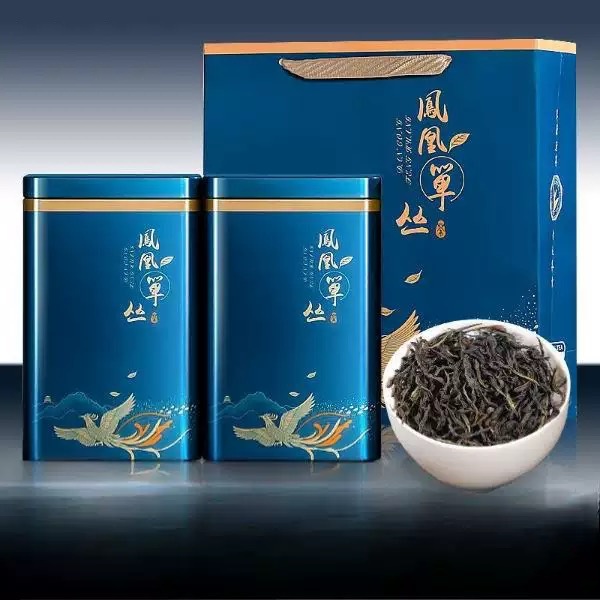Oolong Tea Types and Their Unique Characteristics

# Oolong Tea Types and Their Unique Characteristics
## Introduction to Oolong Tea
Oolong tea, also known as wulong tea, is a traditional Chinese tea that falls somewhere between green and black tea in terms of oxidation. This semi-oxidized tea offers a wide range of flavors, aromas, and appearances depending on the variety and processing methods. With its complex production process and diverse characteristics, oolong tea has gained worldwide popularity among tea enthusiasts.
## Main Categories of Oolong Tea
Oolong teas can be broadly categorized based on their oxidation levels and production regions:
### 1. Lightly Oxidized Oolongs (10-30% oxidation)
These teas retain more green tea characteristics with floral and fresh notes.
### 2. Moderately Oxidized Oolongs (30-50% oxidation)
Offering a balance between floral and roasted flavors.
### 3. Heavily Oxidized Oolongs (50-70% oxidation)
These varieties lean closer to black tea with deeper, richer flavors.
## Popular Oolong Tea Varieties
### Tie Guan Yin (Iron Goddess of Mercy)
Originating from Anxi in Fujian province, Tie Guan Yin is one of China’s most famous oolong teas. The lightly oxidized version offers floral orchid notes with a smooth, buttery texture, while more oxidized versions develop deeper honey and roasted flavors.
### Da Hong Pao (Big Red Robe)
This legendary tea from Wuyi Mountain is known for its mineral-rich “rock taste” (yan yun). The heavily roasted leaves produce a complex flavor profile with notes of dark chocolate, caramel, and a distinctive mineral finish.
### Dong Ding Oolong
Grown in Taiwan’s Lugu region, Dong Ding is a medium-oxidized oolong with a distinctive roasting process. It offers a perfect balance of floral aroma and toasty sweetness, often with notes of ripe fruit and honey.
### Oriental Beauty (Bai Hao Oolong)
This unique Taiwanese oolong is partially eaten by leafhoppers before harvest, which triggers a natural enzymatic reaction. The result is a honey-like sweetness with fruity notes of peaches and muscat grapes.
### Jin Xuan (Milk Oolong)
Known for its natural creamy texture and subtle milky aroma, Jin Xuan is a lightly oxidized Taiwanese oolong. The buttery mouthfeel and delicate floral notes make it particularly approachable for new oolong drinkers.
## Regional Characteristics
### Fujian Oolongs
Fujian province produces both Anxi oolongs (like Tie Guan Yin) and Wuyi Mountain oolongs (like Da Hong Pao). Anxi teas tend to be more floral and delicate, while Wuyi teas are known for their mineral complexity and roasted character.
### Taiwanese Oolongs
Taiwanese oolongs often showcase high mountain characteristics with clean, bright flavors. The island’s diverse microclimates produce teas ranging from delicate, floral high mountain oolongs to more oxidized varieties like Dong Ding.
### Guangdong Oolongs
Phoenix Mountain in Guangdong produces distinctive single-bush oolongs (Dan Cong) known for their remarkable ability to mimic natural aromas like orchid, almond, or citrus.
Keyword: Oolong Tea Varieties
## Brewing and Appreciation
To fully appreciate oolong tea’s complexity, proper brewing is essential. Most oolongs benefit from multiple short infusions using water around 90-95°C (194-203°F). The leaves gradually unfurl, revealing different flavor dimensions with each steeping.
Observing the dry leaves, the liquor color, and the spent leaves after brewing can provide insights into the tea’s quality and processing. High-quality oolongs often produce leaves that remain intact and show beautiful oxidation patterns
